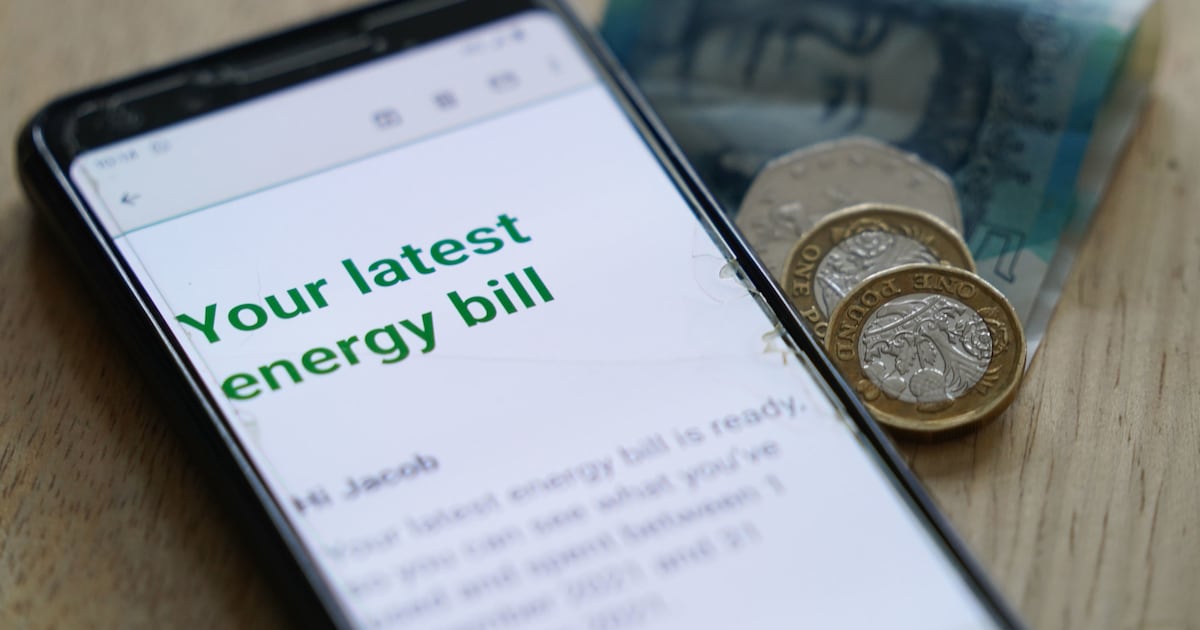As global demand for electronic devices and electric vehicles continues to rise, the need for more efficient and sustainable energy storage solutions is critical. Lithium-ion batteries (LIBs) have dominated the secondary ion battery sector for over three decades. However, concerns around lithium supply, cost, and environmental impact are driving the search for alternative technologies, including sodium-ion batteries (SIBs).
Sodium-Ion Batteries: A Promising Alternative
Sodium-ion batteries offer a cost-effective, abundant alternative to LIBs. However, their commercial application faces challenges, including slow ion kinetics due to sodium’s larger ionic radius. Researchers are focusing on improving electrode materials compatible with both LIBs and SIBs to overcome these limitations.
Novel Electrode Material Development
A recent breakthrough by Professor Noriyoshi Matsumi and doctoral student Amarshi Patra from Japan Advanced Institute of Science and Technology (JAIST) has resulted in a new polymeric binder designed to enhance the performance of both LIB and SIB electrodes. Published in Advanced Energy Materials, their study introduces poly(oxycarbonylmethylene 1-allyl-3-methylimidazolium) (PMAI), a densely functionalized, water-soluble poly(ionic liquid).
The PMAI-based electrodes demonstrated exceptional electrochemical performance, improving both lithium and sodium-ion batteries. The material showed high capacities—297 mAh/g for LIBs and 250 mAh/g for SIBs—along with impressive cycle stability, retaining 96% capacity after 200 cycles in SIBs.
Future of Fast-Charging Energy Systems
The development of PMAI marks significant progress in addressing sodium-ion diffusion issues and improving battery stability. According to Professor Matsumi, this new material offers potential for future fast-charging energy storage systems, accelerating the adoption of sodium-ion powered electronic devices and electric vehicles.
Source: miragenews.com





